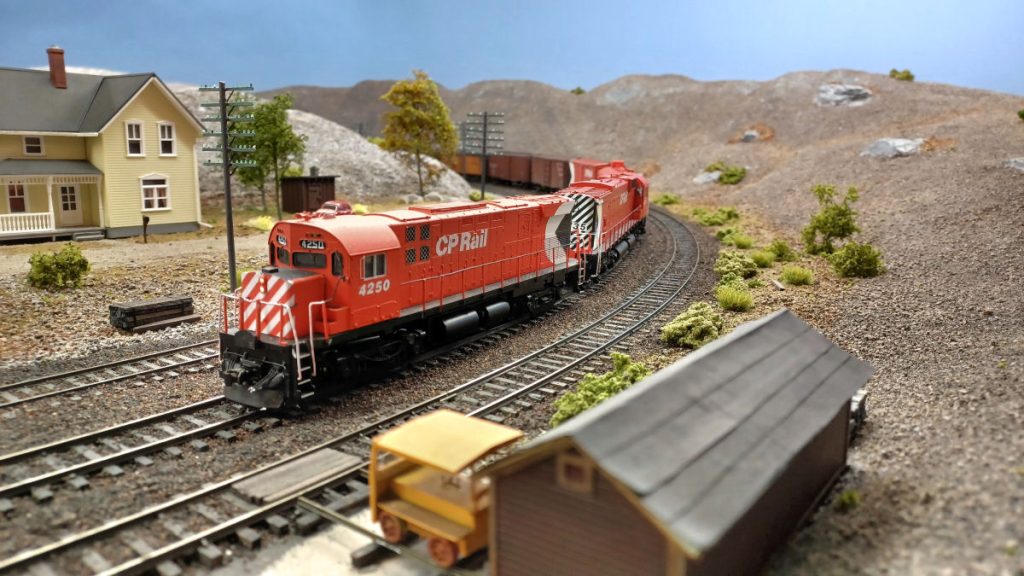Recent Posts
2025 Doubleheaders Layout Tour – Saturday March 29th, 2025
It’s that time of year again!
On Saturday, 29 March 2025, our CP Sudbury Division will be open to the public in participation with the annual Kitchener-Waterloo-Cambridge-Guelph and area layout tour, organized by the Doubleheaders Model Railway Club. This is a self-guided tour of a large number of club and private home layouts in the area.
If you are new to the Doubleheaders tour there are approximately 25 different layouts you can visit, varying from large club setups to small N-scale pikes, and you can see everything from tinplate trains to scratch-built prototype models. However the layouts are spread over a large area, which makes it difficult to see them all in a day. So you should prepare for a full day of layout touring, and also maybe consider making this an annual, or at least semi-annual event to frequent over the years.

For more details and ticket information please visit the Doubleheaders Model Railway Club web site.
Please note: Though some layouts on the tour are open later, the WRMRC will only be open from 9 am to 5 pm.
Hope to see you then!

- Out With the Old, In With the New 1 Reply
- Falconbridge Nickel Mines Railway Leave a reply
- INCO Ore Operations on the Sudbury Division Leave a reply
- State of the Layout – March 2024 Leave a reply
- WRMRC Fall Open House – Saturday 14 October 2023 Leave a reply
- Begin/End CTC Romford 2 Replies
- WRMRC at Breslau Train Show – Sunday 24 Sept 2023 Leave a reply
- C&BT Shops Boxcars Leave a reply
- Intermodal Traffic via The Soo 1 Reply
